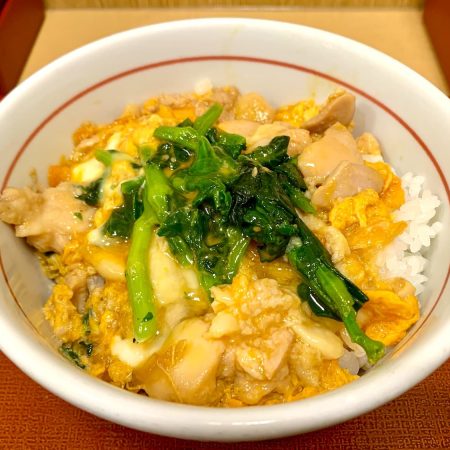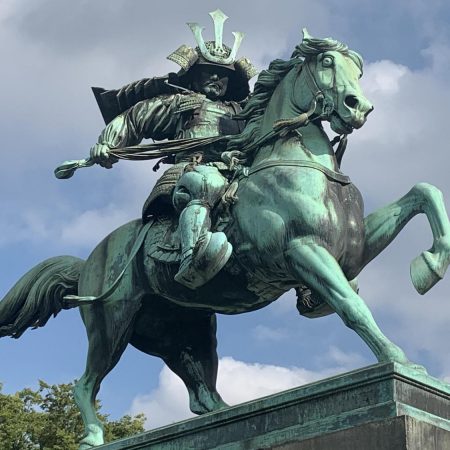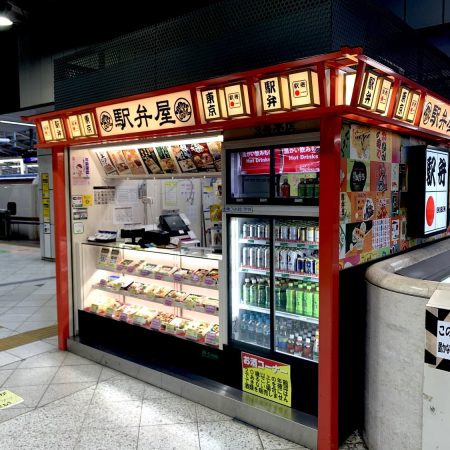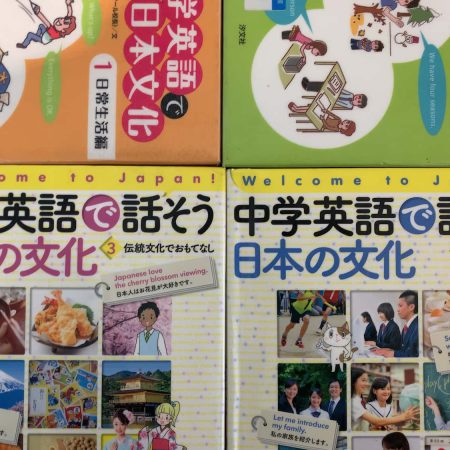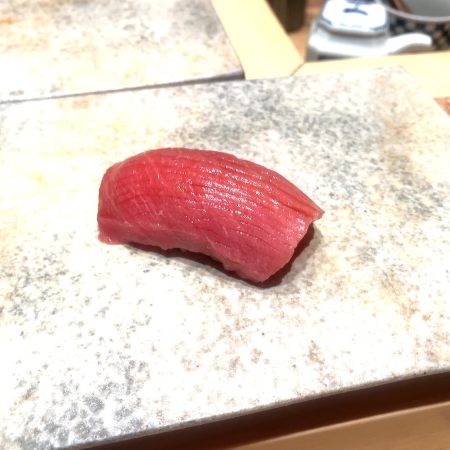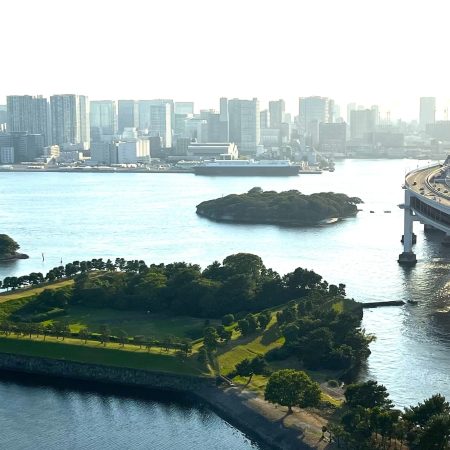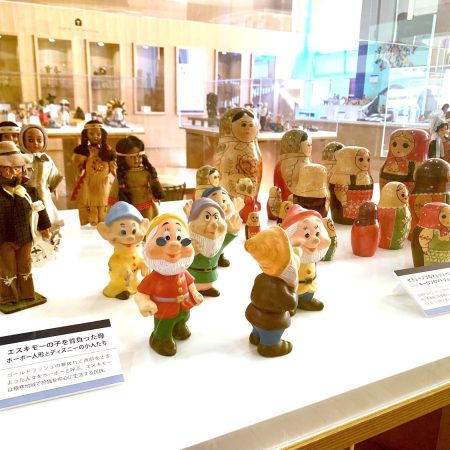The Rise of Karaage: From Post-War Scarcity to Culinary Icon
Post-war food shortages in Japan resulted in the rise of karaage, a beloved dish that led to increased chicken farming and diverse preparation methods. Karaage gained prominence around 1932 at “Shokudo Mikasa” in Tokyo’s Ginza. In the northern region of Oita Prefecture, particularly in Nakatsu and Usa cities, a strong affinity for karaage developed, earning Nakatsu the title of the “Holy Land of Karaage.” The small izakaya “Shosuke” in Usa City, inheriting techniques from the Chinese restaurant “Rairaiken,” played a crucial role in establishing Usa City as the Birthplace of Karaage.
Karaage is enjoyed across various settings in Japanese gastronomy, from dining out to bento boxes and izakayas, showcasing its ubiquity in the country’s culinary landscape. The broad range of consumption venues significantly contributes to the enduring popularity of karaage. Additionally, its compatibility with alcoholic beverages may also play a role in its popularity. The harmonious combination of beer’s refreshing effervescence and the savory aroma of karaage is truly exquisite. Even for those averse to alcohol, a crisp lemon sour complements the moist texture of karaage, making it an enjoyable pairing.


